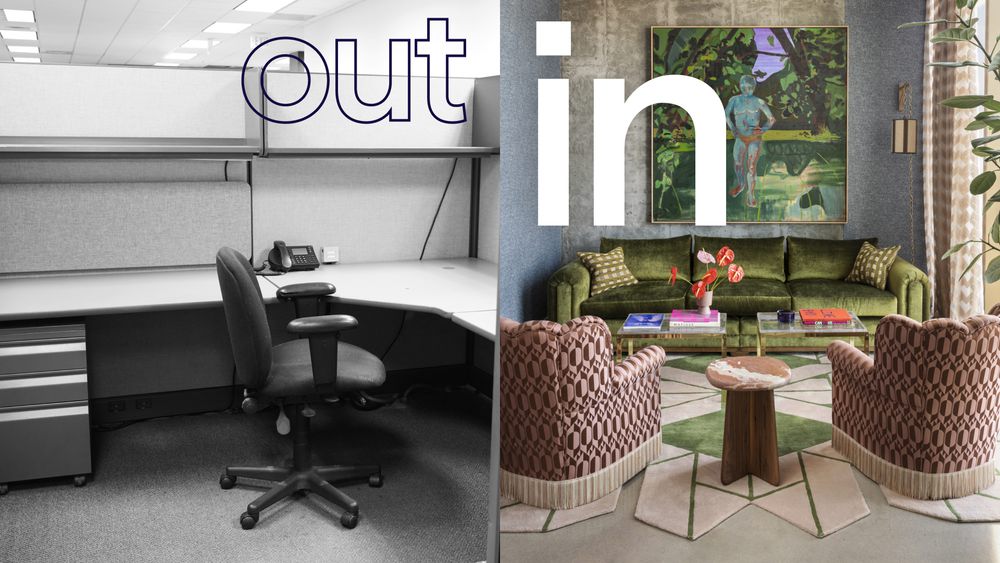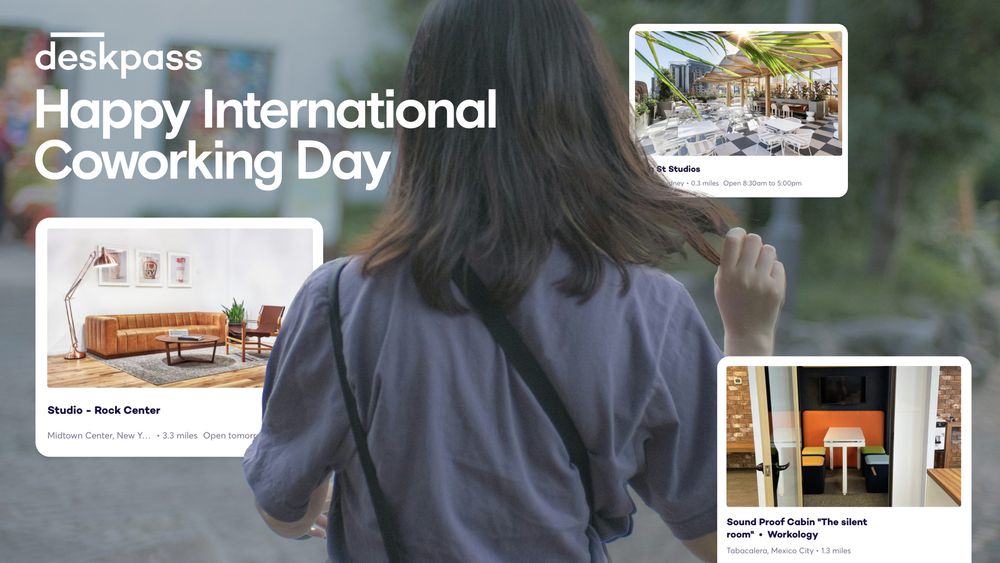2023 has been a defining year for the way we work (pun intended), with a notable shift towards flexible work models. Companies across diverse sectors have embraced this change, leading to a transformative impact on how we think and value work.
Let’s explore some of the pioneering companies that have successfully integrated flex work models, and take a closer look at the strategies that have shaped their journey. But first, we need to acknowledge just how far flex work has come in recent years.
The new flex work frontier
When the COVID-19 pandemic shuttered workplaces nationwide, society was thrust into an unplanned experiment: work from home. Now, post-pandemic, flex work and hybrid models have become norms. More importantly, their persistence has solidified the notion that flexible work wasn’t just a temporary pandemic response; rather, it’s an enduring feature of the modern working world.
This transition is illuminated by the third edition of McKinsey’s American Opportunity Survey, which surveyed 25,000 working Americans in 2022. The study reveals how flexible work integrates into the lives of a diverse cross-section of workers in the United States.
A striking statistic from this research is that 58% of Americans now have the option to work from home at least once a week, with 35% able to do so five days a week. Another key finding is that, when given the opportunity for flexible work, a whopping 87% of people embrace it. Remarkably, these figures encompass a wide range of occupations, including those traditionally considered to require on-site presence, as well as typical office-based roles.
Today’s employees want flex work, plain and simple. Born out of a rapid response to an unprecedented crisis, the world of flexible work has evolved into a coveted aspect of employment for millions. This shift represents a fundamental change in the preferences and practices of American workers concerning where, when, and how they work.
8 flex work success stories from 2023
As we examine the trend of flex work, it’s interesting to see how different companies have adapted to these changes. Each company’s story provides unique insights into the implementation and benefits of flexible work models. From technology giants to aerospace leaders, these case studies reveal the depth and diversity of flex work adoption in the modern corporate landscape.
1. Muller Group: Revolutionizing food service with hybrid work
The Muller Group, a prominent player in the food service industry, embraced a hybrid work model post-Covid. Their strategic shift to a hybrid work platform enabled them to manage flex work and real estate more efficiently, leading to improved collaboration among teams and significant cost savings. This transition not only enhanced their operational effectiveness; it also demonstrated the potential of hybrid models in the food service sector.
2. Slack: Redefining workplace flexibility in tech
Renowned for its messaging and collaboration applications, Slack made a significant shift from an in-office to a hybrid work model during the pandemic. They introduced innovative policies like “core hours” and “no-meetings Fridays,” enhancing work-life balance and countering proximity bias. Slack’s approach focused on flexibility and outcomes, allowing employees to work hours that suit their lifestyle and emphasizing productivity based on results. And, interestingly enough, Slack’s software has helped to facilitate hybrid work in companies across the globe!
3. Integrated Environmental Solutions (IES): Hybrid work across borders
IES, a technology company with offices in Glasgow and Dublin, faced the challenge of transitioning employees back to the office post-pandemic. By adopting the an all-in-one hybrid work platform, they effectively managed real estate resources and facilitated scheduling across multiple locations. This strategy not only streamlined their operations; it also promoted collaboration, overcoming the complexities of managing a dispersed workforce.
4. Northrop Grumman: Leading aerospace with flexible work patterns
A pioneer in the aerospace and defense industry, Northrop Grumman ranks as one of the world’s most flexible employers. The company offers a variety of working patterns, including shortened weeks and generous leave options. This approach caters to diverse employee needs, while underscoring the company’s commitment to work-life balance: a concept that’s now non-negotiable for today’s employees.
5. Nike: Fostering well-being and balance among workers
Nike has established itself as a responsible employer by continually investing in its employees’ overall well-being, no matter where they’re working from. Their flexible work policy—encompassing educational programs, fitness routines, and rest days—creates a supportive workplace culture that transcends any single physical workplace. This holistic approach to employee welfare demonstrates Nike’s commitment to nurturing greatness both inside and outside of work, wherever and whenever.
6. Delta Airlines: Flexible policies in the skies
Delta Airlines lives up to its motto of “climb higher” where flex work is concerned. The company has crafted flexible working policies tailored to the dynamic needs of its on-the-go workforce. Their focus on job-sharing, part-time opportunities, and career development initiatives like training and mentorship underline their commitment to a supportive work environment. As a result, the company is lauded for enhancing employee satisfaction and loyalty.
7. Dell: Pioneering flex work in technology
Dell offers a variety of flexible working opportunities, including remote work and job sharing. Their focus on promoting employees’ well-being and work-life balance has bolstered their reputation as a sought-after employer in the tech sector and highlighted the role of flexible work models in attracting and retaining top talent.
8. HubSpot: Innovating hybrid work
HubSpot is helping to redefine the future of work with its unique hybrid model. At HubSpot, the belief is that work culture is not confined to physical spaces but lives in the hearts of its people. They’ve embraced this ethos by offering three flexible work options: @home, @office, @flex. This approach is rooted in the understanding that different environments cater to different work styles and needs, enabling every employee to do their best work.
Common themes in the flex work revolution
The above success stories are all unique in their own way; however, they each highlight key themes and strategies that have significantly contributed to effective flex work models. These insights provide a roadmap for other organizations looking to adapt to the evolving work landscape. Common themes include:
- Multiple flex work models. Offering diverse and customizable work models is a standout trend, reflecting a response to the growing demand for work-life balance and personalized working conditions. These models offer employees the autonomy to choose their work environment based on their preferences and needs. This flexibility has led to increased employee satisfaction and productivity, where workers feel more in control of their work life.
- Employee well-being. A strong emphasis on employee well-being is a critical theme. Companies are increasingly recognizing the importance of supporting not just the physical health but also the mental and emotional well-being of their employees. Initiatives such as wellness programs, mental health days, and stress management resources reflect a holistic approach to employee health.
- Customized benefits and leave policies. Customized benefits and leave policies are increasingly important. Companies are tailoring their benefits packages to meet the specific needs of an increasingly diverse workforce. These packages can include educational support, fitness programs, and flexible leave options that allow employees to manage their work and personal life more effectively. Such policies demonstrate an understanding and appreciation of the diverse needs of employees.
- Investment in employee development. Significant emphasis on employee development is a common strategy across successful flex work companies. Investing in training, mentorship, and career progression opportunities not only aids in employee retention; it also ensures a skilled, motivated workforce. Companies are beginning to place more of a focus on career development and mentorship, showcasing the benefits of nurturing employee growth and development.
The future is flexible with Deskpass
The insights from successful flex work case studies in 2023 paint a clear picture: the future of work is undeniably flexible. Embracing these models is more than just a trend; it’s a strategic move towards creating more inclusive, supportive, and productive work environments. Best of all, it’s a shift that isn’t confined to a single industry. In fact, it’s a global movement that’s reshaping how we think about and approach work in virtually every sector.
Ready to embrace a flexible future? Deskpass offers access to thousands of workspaces around the globe. No matter where you are—whether rolling up your sleeves in Seattle or brainstorming in Sydney—there’s a desk with your name on it. Download and book today.



